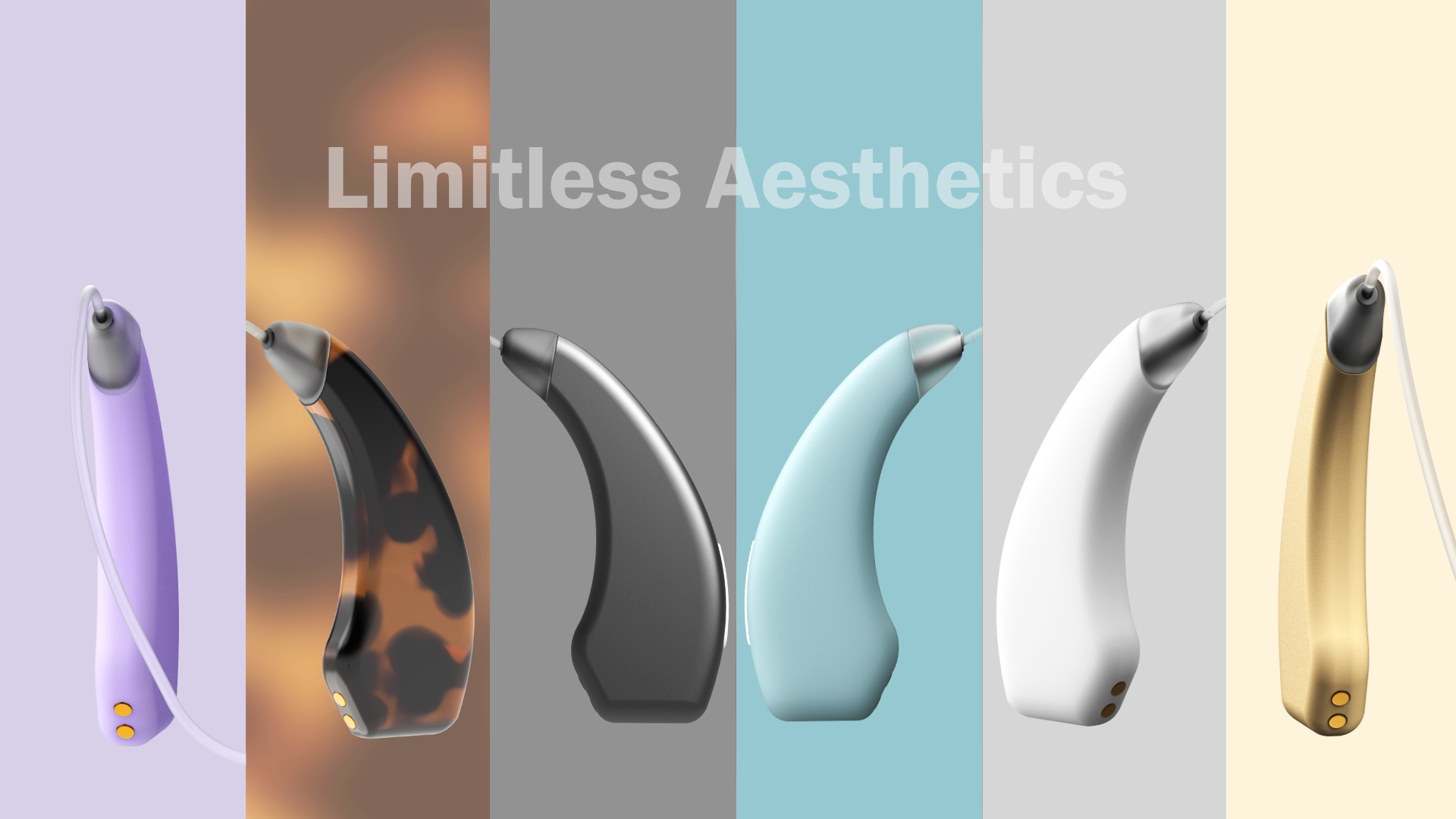Dominic Ley
Vitality: Assistive Auditory Unit for Improved Hearing
An estimated 11 million people in the UK are deaf or hard of hearing, that’s 1 in 6 adults, making it the second most common disability in the country. Many of those affected have rejected the use of assistive auditory technology and do not wear their hearing aids. Why is this the case?
- Stigma attached – Many users reported being treated differently due to wearing a hearing enhancing technology.
- Water damage – Hearing aids naturally pick up moisture through daily use, over time this can cause interior damage leading to malfunctions.
- Power Shortages – Some users reported not using their hearing aids simply because they ran out of battery and did not get around to replacing them.
- Not meeting hearing requirements – In many models, there is a lack of consideration for the user, with no ability to change settings depending on the listener’s preference.
- Forgotten Hearing Aids – Users often fall out of the habit of wearing their hearing aids, leaving the earpieces in storage instead of in use.

The aim of this project was to create a product set that eradicates these problems as much as possible through intuitive design. The solution devised is a set of products (two earpieces, a case, and a docking station), each with features that are specifically designed to tackle the problems associated with the routine use of hearing aids.
Earpieces - The earpieces are designed to replicate the revolution seen within the eyewear market, aiming to transform society’s perception of hearing aids from a medical device to an enhancing accessory, simultaneously dampening the stigma attached to the use of hearing aids. The earpiece capabilities can be controlled via an app, transferring more control from the audiologist to the user.
Case - The earpiece case acts as a maintenance system, with built-in charging and dehumidifying technology. These automatic servicing features reduce the need for wearers to visit the audiologist, whilst simultaneously prolonging the life of the hearing aids.
Many current hearing aid users reported not wearing their aids due to unwanted background noise. The solution to this problem is within the top of this charging case, which contains a directional microphone which can be set to any degree of peripheral. This allows users to hear groups more clearly and reduce background noise in public settings, encouraging those who are hard of hearing to regain more life through improved social interaction.
Dock - This case is then charged using the docking station with a built-in alarm and weather report. The dock charges through induction, to make the charging process as intuitive as possible, assisting those with limited dexterity. The dock is designed to encourage habitual use of the hearing aids through routine daily case charging and storage simultaneously by your bedside.
Overall, this product family works together to reduce stigma, prolong hearing aid life, and allows those who are hard of hearing to regain life through increased user control.
Dominic Ley's designs
Student Biography
Product design allowed me to pursue a creative subject in a practical and productive way. I love designing and always have projects on the go, so encompassing this aspect of my life into my degree was the perfect balance of engineering and artistic projects.
My favourite aspect of the design process are at both ends of projects, the concept stage and the final renderings of products. Watching your arduous work and imagined designs finally come to life is extremely satisfying. I have a strong graphical background, and a love for graphic design, so creating end of project imagery is a field I am keen to pursue as a career.
Product design and manufacture and the University of Nottingham has allowed me to combine my creative skills, with my engineering problem-solving abilities. After four years of study, I am ready to take what I have learned and work on some live projects within industry.